
Video
“Environmental Ed” shows man-made inventions inspired by nature’s architecture and engineering genius. Observation is the key to the science of imitating nature called biomimetics. More examples of...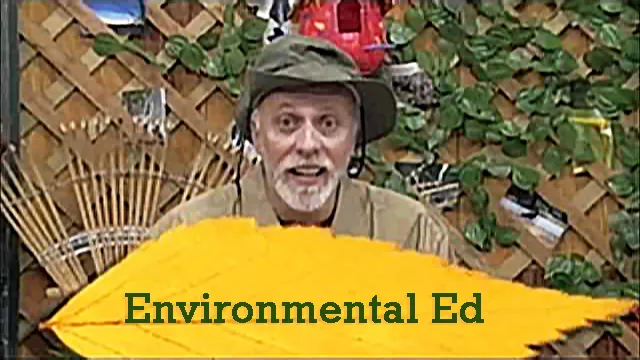
Environmental Ed welcomes students to explore the world around them, and guides them as they learn about the food chain, plant and animal survival, bio-diversity, pollution, conservation, recycling, green energy and technology, environmental health, and so much more! The series of five-minute, fast-paced programs challenges students with facts, stories, investigations, questions, and Eco-quests to "leave no friend inside and carefully walk upon the earth."
This video resource for elementary and middle grade students was produced by SCETV along with the State Department of Education's Environmental Education consultant Ed Fao. (From our Streamline collection)
This video series is no longer in production. Please disregard the email address provided for questions and comments in the video. Thank you.

Video
“Environmental Ed” shows man-made inventions inspired by nature’s architecture and engineering genius. Observation is the key to the science of imitating nature called biomimetics. More examples of...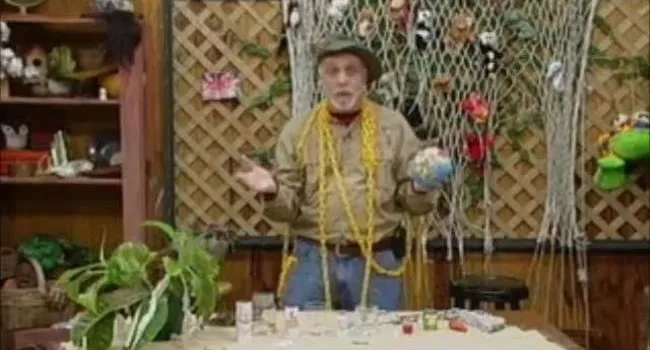
Video
Ecosystem ecology – is the integrated study of biotic and abiotic components of ecosystems and their interactions within an ecosystem. Environmental Ed explains food chains and food webs and the...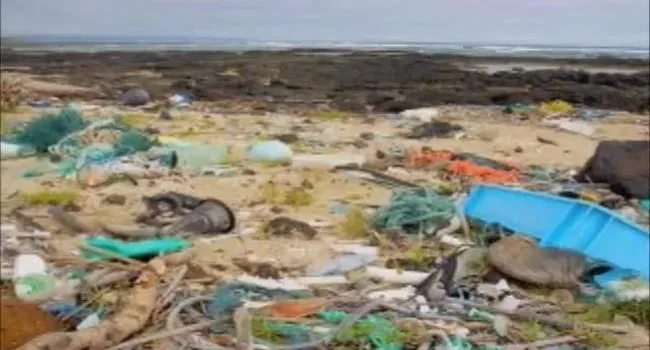
Video
Pollution: is any human-made change in nature that creates a harmful effect on living things. Now that’s a BIG earth problem that’s a BIG people problem. Pollution: is any human-made change in nature...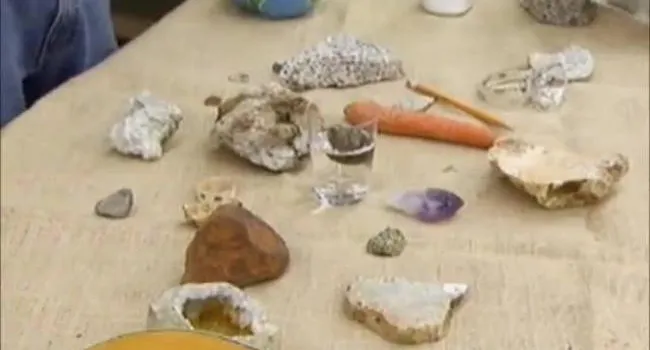
Video
Environmental Ed introduces the idea that rocks and minerals are the backbone of our planet and addresses how they are made and how we can use them to make a better Earth.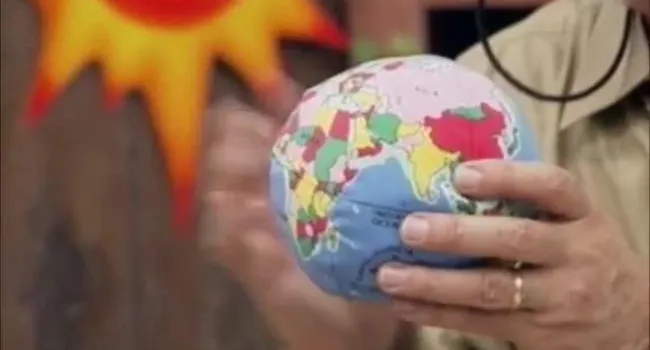
Video
One of the most important resources that all living things have is…no not video games or cell phones… You can’t see it most of the time, but you know it’s there. It’s AIR. What is air? Well air makes...
Video
“Environmental Ed” introduces students to many interesting facts about spiders — even reminding us that these arthropods can be helpful Earth-friendly predators.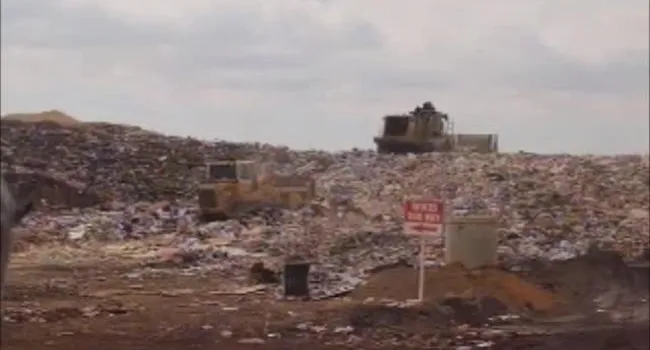
Video
“Environmental Ed” informs us that in the United States each person throws away about 4.5 lbs. or 2 KG of trash per day. He reminds us that we all make litter and that the problem is finding...
Video
Did you know that water goes around and around between the clouds to the earth to the ground and then back to the clouds again? That’s why it’s called the water cycle. The good news: it has been...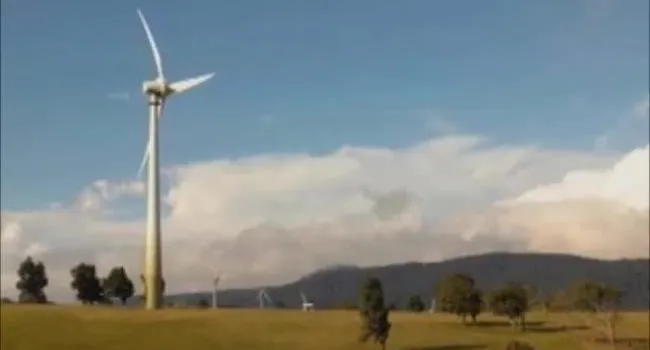
Video
Environmental Education is a way to teach about people and nature (or the environment). In fact, visiting your classroom like this is a way to help you become earth-wise.